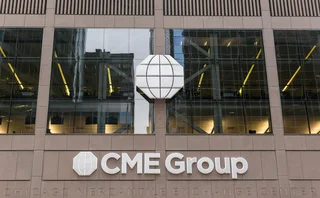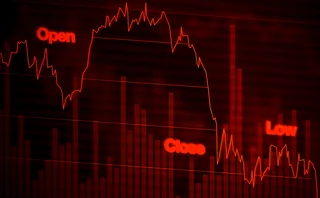
Swap regulations hold key to future of OTC algorithmic trading
The arrival of central limit order books in the interest rate swap market has opened the door to algorithmic trading – but only a little. Its future depends on how the over-the-counter market evolves. By Peter Madigan

The growth of algorithmic and high-frequency trading (HFT) in the past decade has been accompanied by a rising tide of anger and fear, which reached its high-water mark in the months following the so-called flash crash in US equity markets on May 6, 2010. In theory, algorithms provide greater efficiency to end-users, by linking fragmented trading venues, bolstering liquidity and delivering better prices. In practice, critics claim that when the algos are deployed by HFT firms, the opposite is
Only users who have a paid subscription or are part of a corporate subscription are able to print or copy content.
To access these options, along with all other subscription benefits, please contact info@risk.net or view our subscription options here: http://subscriptions.risk.net/subscribe
You are currently unable to print this content. Please contact info@risk.net to find out more.
You are currently unable to copy this content. Please contact info@risk.net to find out more.
Copyright Infopro Digital Limited. All rights reserved.
As outlined in our terms and conditions, https://www.infopro-digital.com/terms-and-conditions/subscriptions/ (point 2.4), printing is limited to a single copy.
If you would like to purchase additional rights please email info@risk.net
Copyright Infopro Digital Limited. All rights reserved.
You may share this content using our article tools. As outlined in our terms and conditions, https://www.infopro-digital.com/terms-and-conditions/subscriptions/ (clause 2.4), an Authorised User may only make one copy of the materials for their own personal use. You must also comply with the restrictions in clause 2.5.
If you would like to purchase additional rights please email info@risk.net
More on Markets
Does FX Spot+ add up for traders?
New CME venue aims to provide easier access to FX futures liquidity, but some worry about its stability in choppy markets
High CNH rates curb appetite for Hong Kong’s new repo scheme
Dealers remain hopeful initiative is a prelude to full onshore repo market access
CME-FICC cross-margin programme sees increased demand
Joint arrangement aids netting, reduces clearing costs and increases capacity
JP Morgan QIS notionals hit $100bn
Dealer sees 15% annual growth in ‘imperfect’ notional measure, eyes rates and FX for next phase
Can Europe prepare ground for insurers in securitised products?
Convincing regulators to make investing more viable would be a first step to revitalising insurer interest
‘Trump slump’ hedges rise on rate cut fears
One dealer notes fivefold increase in number of clients hedging against possibility of faster rate cuts
Short-term Trump FX trades ‘dead’ as euro rallies
EUR/USD spot rally and vol spike sees mass unwinds of long USD trades
Disappearing dealer gamma spurs wild stock swings
Stock market selloff leaves dealers perilously close to peak short gamma positioning







